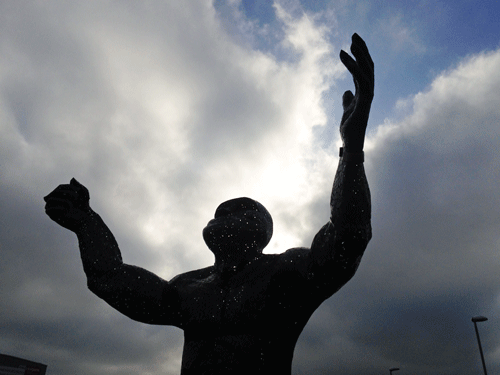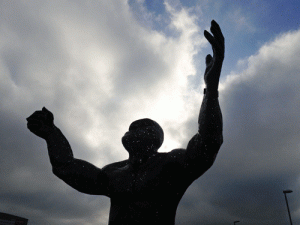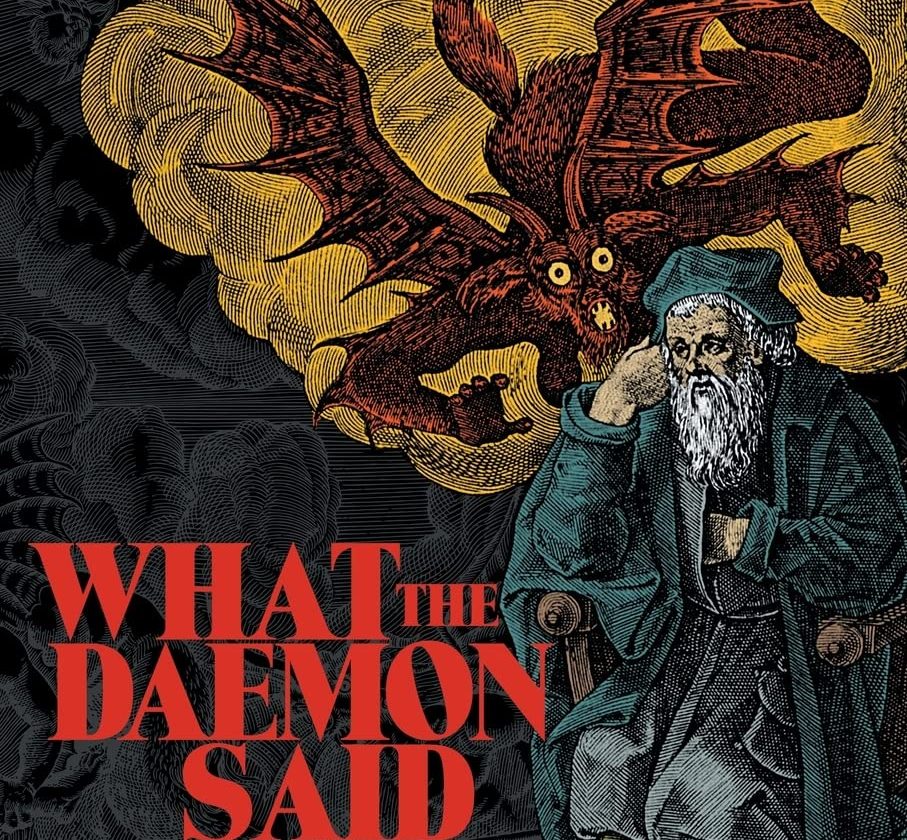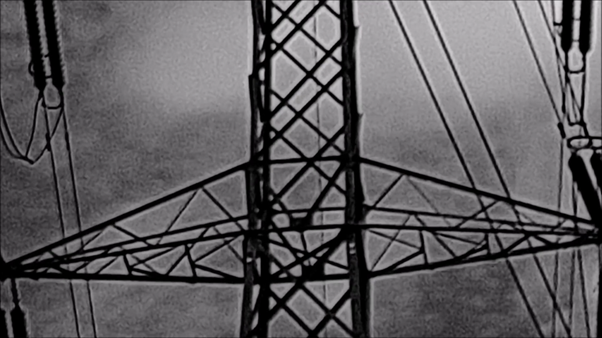WORDS: Gareth E. Rees
The town of Amesbury, nestled in the heart of Salisbury plain by a loop in the River Avon, is the final stop on the A303 before Stonehenge.
It’s one of the oldest consecutively inhabited areas in Britain. Recent findings of hand-hewn flint tools and cooked bones indicate that humans settled here more than 5000 years before the construction of those famous stones.
Approaching traffic pours through a basin in the chalk downland, and comes to a crunching halt at Amesbury’s roundabout, where a queue of cars stretches towards Stonehenge on the brow of the next hill.
The landscape on either side of this stretch of the A303 is a fusion of rural, retail and military zones. Bulford Camp lies to the north beyond a camber of freshly farmed green, clustered with pylons, telegraph poles and signal masts.
T o the south is The Solstice Park.
o the south is The Solstice Park.
Last stop before Stonehenge
Come in a loop off the A303 and you enter a retail park of warehouses and depots, tall as aircraft hangers, with skeletal new structures being erected on churned land beyond. Large tracts of surrounding downland are up for sale, awaiting development.
 A sculpture of an upturned helicopter called ‘The Dragonfly’ is the first intimation of what this place is about – a union of the ancient and the commercial. The roads names allude to astronomical subjects of pagan worship: ‘Solar Way’ and ‘Equinox Drive’ and ‘Solstice Road’.
A sculpture of an upturned helicopter called ‘The Dragonfly’ is the first intimation of what this place is about – a union of the ancient and the commercial. The roads names allude to astronomical subjects of pagan worship: ‘Solar Way’ and ‘Equinox Drive’ and ‘Solstice Road’.
While delivery trucks and construction vehicles take those roads, cars curl around the roundabout and enter what looks like a micro-town with the bucolic address, Midsummer Place.
 In Midsummer Place there are roundabouts, trees, cute little road signs and milk delivery trucks. Cars are parked in tree-lined cul-de-sacs.
In Midsummer Place there are roundabouts, trees, cute little road signs and milk delivery trucks. Cars are parked in tree-lined cul-de-sacs.
But nobody is resident here.
The only buildings in this town are MacDonalds, Costa, Harvester, KFC, Pizza Hut, Co-Op and the Holiday Inn. The only pedestrians are people moving from car to restaurant… restaurant to car… or from restaurant to restaurant.
But like Pinocchio, Midsummer Place yearns to transcend its artifice and be a real town. The 24 hour Drive-Thru McDonald’s has the veneer of a local pub with its wood-finish outside seating area, surrounded by retro streetlamps and signs for ‘free Wifi’.
There’s even a please respect our neighbours, keep the noise down sign outside, although the only neighbours are Costa and KFC, and the loudest noise of all must be the obliviously roaring A303, only yards away.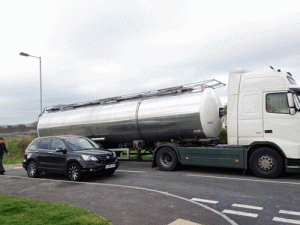
In the parking bay there’s a truck with a silver cylindrical container, the size of a space rocket. Dwarfed in its shadow is a car in which a man sits, happily reading a newspaper. A couple sit on the kerb, sipping Costa Coffees and smoking dangerously close to the explosive-looking truck.
A group of soldiers amble towards KFC as cars crawl into the Drive Thru channel, passing dumper bins overflowing with rubbish. The driver of a car, waiting by the kiosk for his Zinger Burger, stares at me with what could either be suspicion or embarrassment, it’s hard to tell.
 Mincing through the drivers-only area, I feel transgressive, having no fast food needs or a car. I cross KFC’s car park in a reckless diagonal, then cut through a verge of wood chippings and carefully placed saplings outside Pizza Hut.
Mincing through the drivers-only area, I feel transgressive, having no fast food needs or a car. I cross KFC’s car park in a reckless diagonal, then cut through a verge of wood chippings and carefully placed saplings outside Pizza Hut.
As I move between the parking bays of rival franchises I can feel a definite transition. While there’s no physical demarcation, the distinctively branded buildings ooze their corporate colouring onto the tarmac. Their external lighting is like a glue, holding you until you turn the corner and break the skin, only to be re-ensnared by the next illumination.
However, most visitors don’t transcend these boundaries. They come off the A303 and drive directly to their preferred franchise, parking as close as they can to the door. Once out of the car, they arch their backs and jiggle their legs. Then they move quickly and silently towards the restaurant.
Everyone here knows what they are doing and where they are going. No need for browsing or wandering. Everybody knows what each building will provide – right down to the menu details – long before the turn off the ignition.
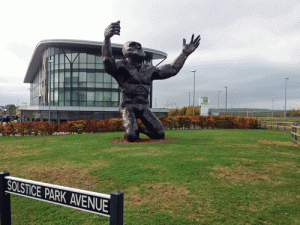 The further I meander, the more this place feels like a British version of a Mayan temple network, with people purposefully going about their rest-stop rituals. At its very easterly edge, just beyond The Holiday Inn, I reach its symbolic heart.
The further I meander, the more this place feels like a British version of a Mayan temple network, with people purposefully going about their rest-stop rituals. At its very easterly edge, just beyond The Holiday Inn, I reach its symbolic heart.
On a neatly cropped lawn, facing away from the Solstice Park, a giant man rests on his knees, hands outstretched, pleading to the skies. His bald head catches the sunlight. His vast back and bulbous shoulders reflect in the windows of the Holiday Inn, where old ladies and businessmen eat chicken salads and sip their Pinot Grigios.
Guardian of the park.
Conduit to Amesbury’s past.
The Ancestor is the gatekeeper at the threshold between the 7500 year old ancient settlement and this temple of 21st Century fast food franchises. He is the link between ancient druidic worship structures and the Golden Arches. He is a 22ft tessellated steel attempt to replace what is lost in the landscape.
I crouch before him, and beg his forgiveness.
Gareth E. Rees is author of Marshland: Dreams & Nightmares on the Edge of London. His work appears in Mount London: Ascents In the Vertical City, Acquired for Development By: A Hackney Anthology, and the album A Dream Life of Hackney Marshes.

